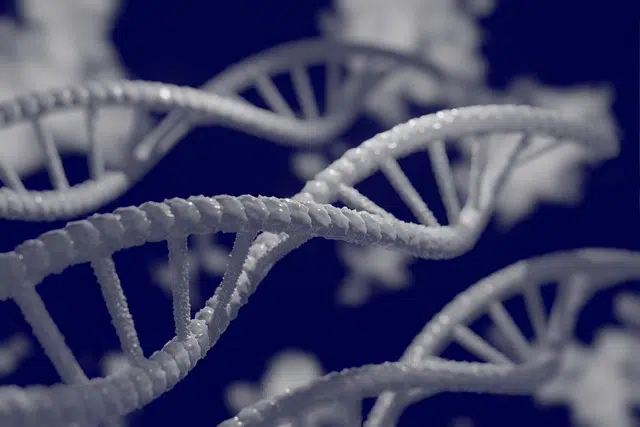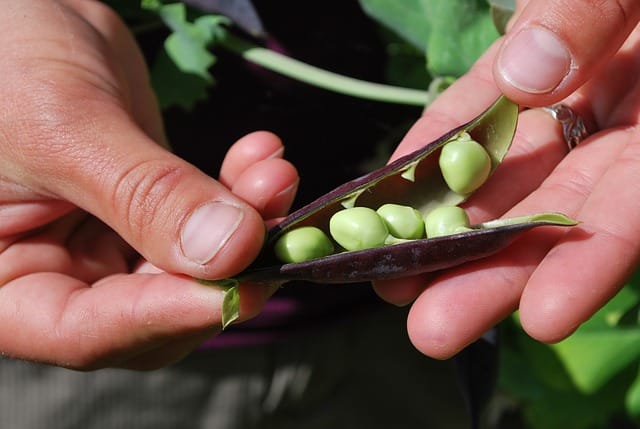
Alleles are genes that, in a pair, are located in the same place on homologous chromosomes.
The term allele derives from allelomorph : which can appear in different forms. In the field of biology , each gene that, in a pair, is located in the same place on homologous chromosomes is called an allele.
Alleles are the different forms that a gene can take, each with its own sequences. When manifesting, they determine certain characteristics according to their properties. Blood type and eye color, for example, are expressed through alleles.
alleles and chromosomes
Mammalian animals, such as humans , usually have two sets of chromosomes, one from the mother and the other from the father. They are, therefore, diploid organisms. The various pairs of alleles are found at the same place on the chromosome.
Genes, within the framework of cellular meiosis , dispute their position on the chromosomes. The allele is the value that is assigned to the gene throughout said confrontation and whether or not it manages to establish its dominance depends on it, and it marks how the copies of the gene that were procreated will be transmitted. It should be noted that the copy, or set of copies, of the gene that is produced is not always in the form of an identical transmission, since it can also be different.
The dominance
Taking into account the power of the allele just mentioned, it is not unusual for us to establish a classification , and that is why we say that the alleles can be dominant (if the mother and father have it, it will always be expressed on the chromosome of their descendant and it is seen in it only with one copy of the procreative ones) or recessive (they have to be provided by the parents when procreation occurs and two copies of a gene are necessary for its expression in the resulting chromosome).
This link between alleles is known as dominance : one manages to mask the phenotype (the form of expression of the genotype – genetic information – according to the environment) of the other allele located in the same position on the chromosome. Genetic inheritance depends on these dominance relationships.
 Gregor Johann Mendel studied the reproduction of peas to understand how alleles work.
Gregor Johann Mendel studied the reproduction of peas to understand how alleles work.
Alleles according to Mendel
The monk and naturalist Gregor Johann Mendel, born in the current Czech Republic in 1822, was especially interested in genetic inheritance , to the point of having defined laws that establish the basic set of rules about the transmission of traits of animals. organisms that living beings carry out through it when they procreate. Mendel's laws are considered the basis of modern genetics, although from their publication in 1865 until their revival in 1900 they were ignored.
Precisely, in Mendel's extensive and profound research there is a definition of alleles that is quite graphic and accessible to people outside of genetics. It focuses on the reproduction of peas, and points out that the gene responsible for regulating the color of its seed has two alleles: one to determine the proportion of yellow, and another for the proportion of green.
Mendel also assures that it is normal for each gene to present more than one allelic form, so that we find the normal allele (also known as the wild or wild allele) in a much higher proportion than the rest, and that The corresponding ones, that is, those that occur in the female, can appear in different degrees of abundance and are called polymorphisms .
From this it follows that for each pair of alleles ( a1 and a2 ) we can find three different classes of combinations in diploids, which are the following: (a1, a1); (a2, a2); (a1, a2).
